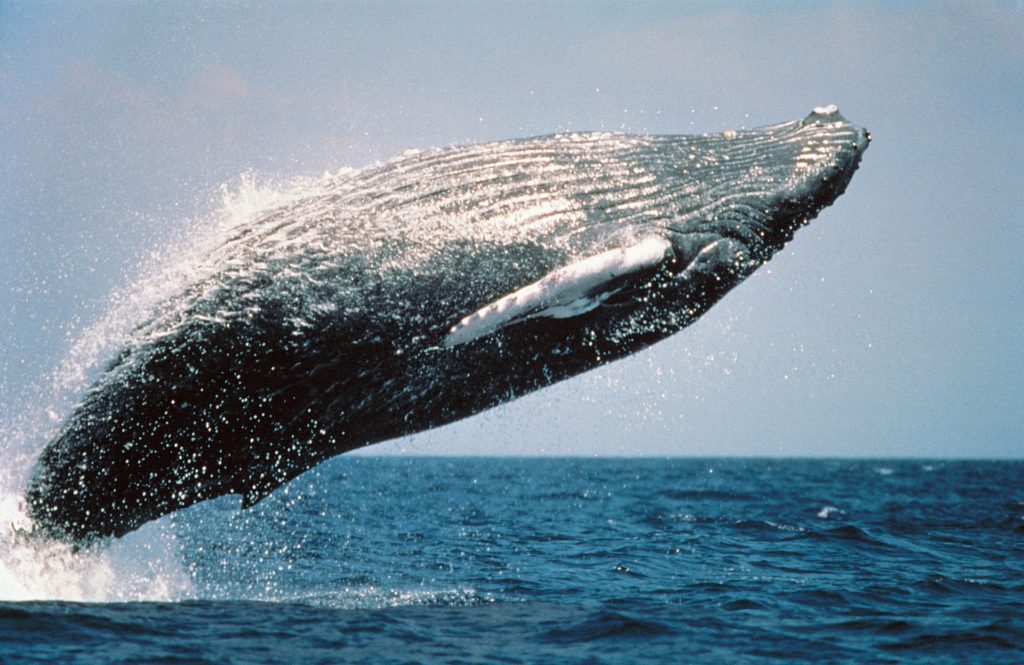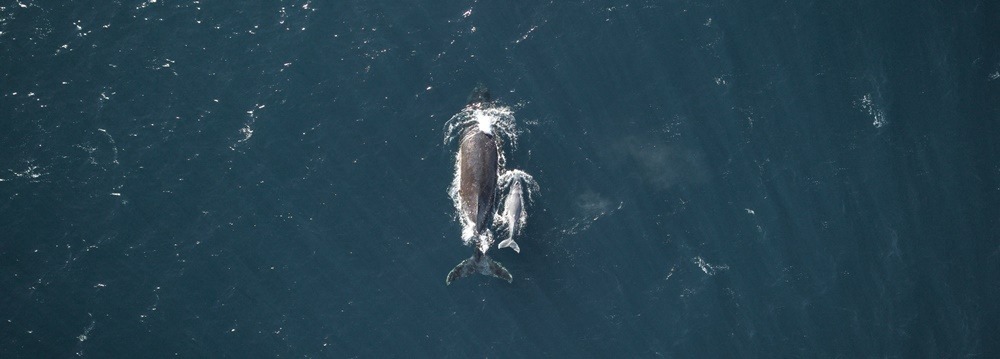Discover the majestic humpback whales in this whale watching excursion in Samana Bay. Leaving from Las Terrenas, we’ll embark on a small fishermen’s boat early morning to see these beautiful beings in their natural habitat.
We take you to a secret spot, guided by a local fisherman, where you can witness this unique phenomenon that takes place each year during winter – mother teaching their newborns and males singing their love to females.
Discovering the majestic humpback whales in Samana
From mid-January to mid-March, humpback whales flock to the warm waters of the Caribbean to give birth and teach their babies how to swim and jump. Watching them play in the water, seeing their young babies, is a unique sight.
The humpback whale is a recovering endangered species that grows larger than a school bus. They can travel over 5,000 miles during their migratory season and can be found almost anywhere in the world. The humpback whales you’ll see in Samana spend their summer in the Northern Atlantic ocean, where they feed, building fat stores, and migrate to the Caribbean during winter, to escape the cold, give birth, and reproduce.
Humpback whales have a life span of 80 to 90 years and migrate every year. Gestation lasts 11 months and females generally have a baby every 2 to 3 years, giving birth to 13 to 16 feet (in length) calves. Babies stay up to a year with their mother before moving on to live on their own.

The humpback whale is probably the best species for whale watching as they often come to the shore and like to stay on the surface, jumping and slapping the water.
During the tour you’ll be able to watch the mother play around in the water with their calves, teaching them essential whale skills such as swimming and jumping. After giving birth nearby, mothers come to the protected bay with their babies and stay there for a few months before making their way back north.
Males and female whales who haven’t given birth, also go to the Samana bay, looking to mate. Winter is the time where whales reproduce, and you’ll be able to witness the male singing their love for hours, attempting to seduce a female. Their complex song can often be heard from 20 miles away.
What to bring for the tour:
Make sure to pack a light rain jacket, mornings can be chilly in Samana and it might rain, and protective clothing so you don’t get sunburned, and don’t forget your sunglasses.
Sun block might be a good idea too, as well as mosquito repellent.
And most importantly – your camera, so you can take beautiful shots and videos of the whales! If you have a waterproof case bring it too, just in case it rains.
Contact us on WhatsApp to get more details.

